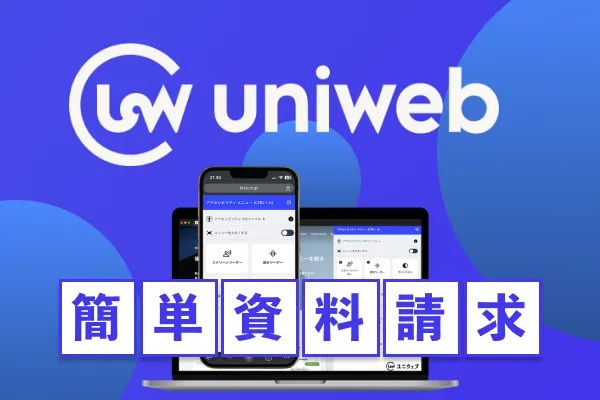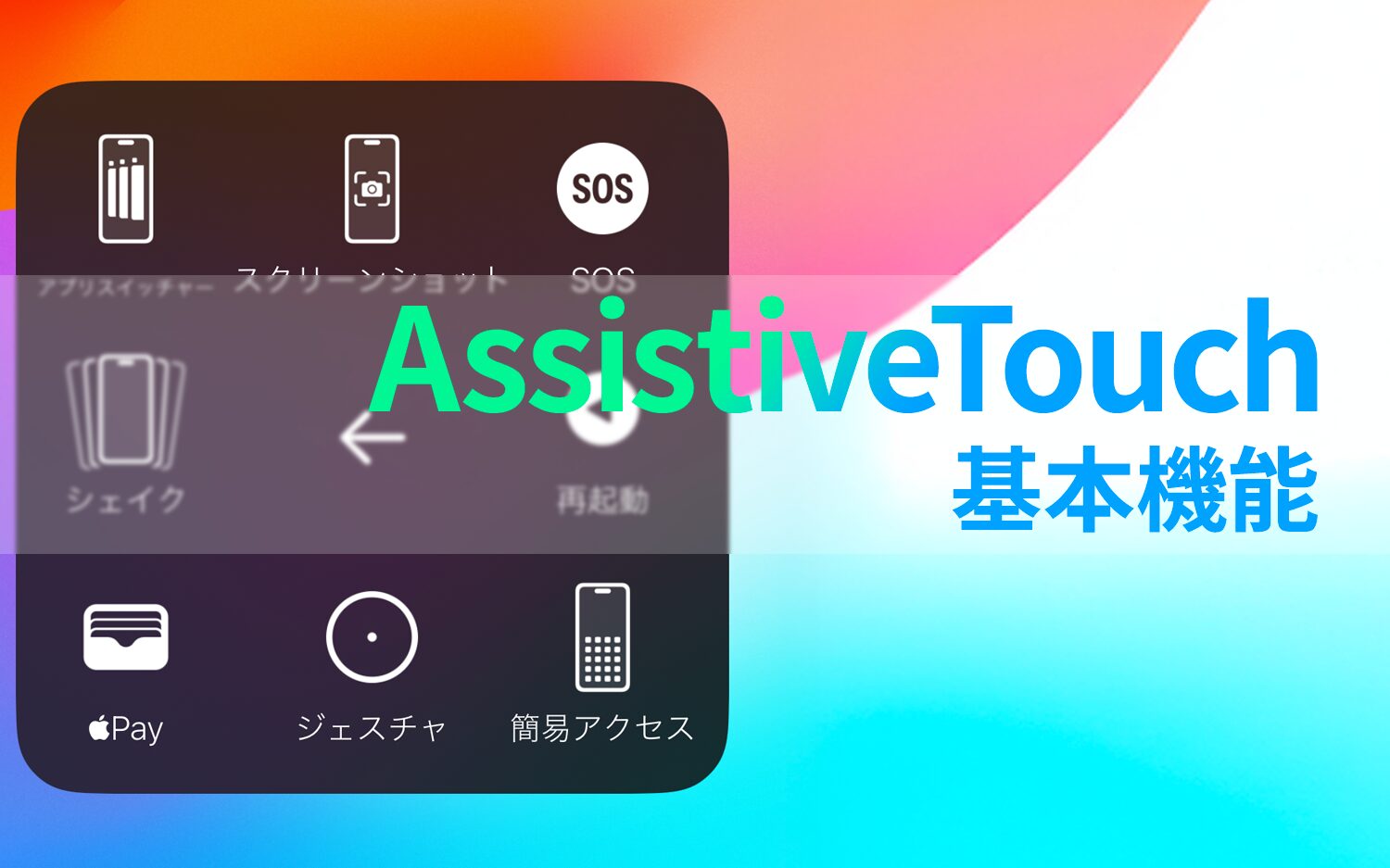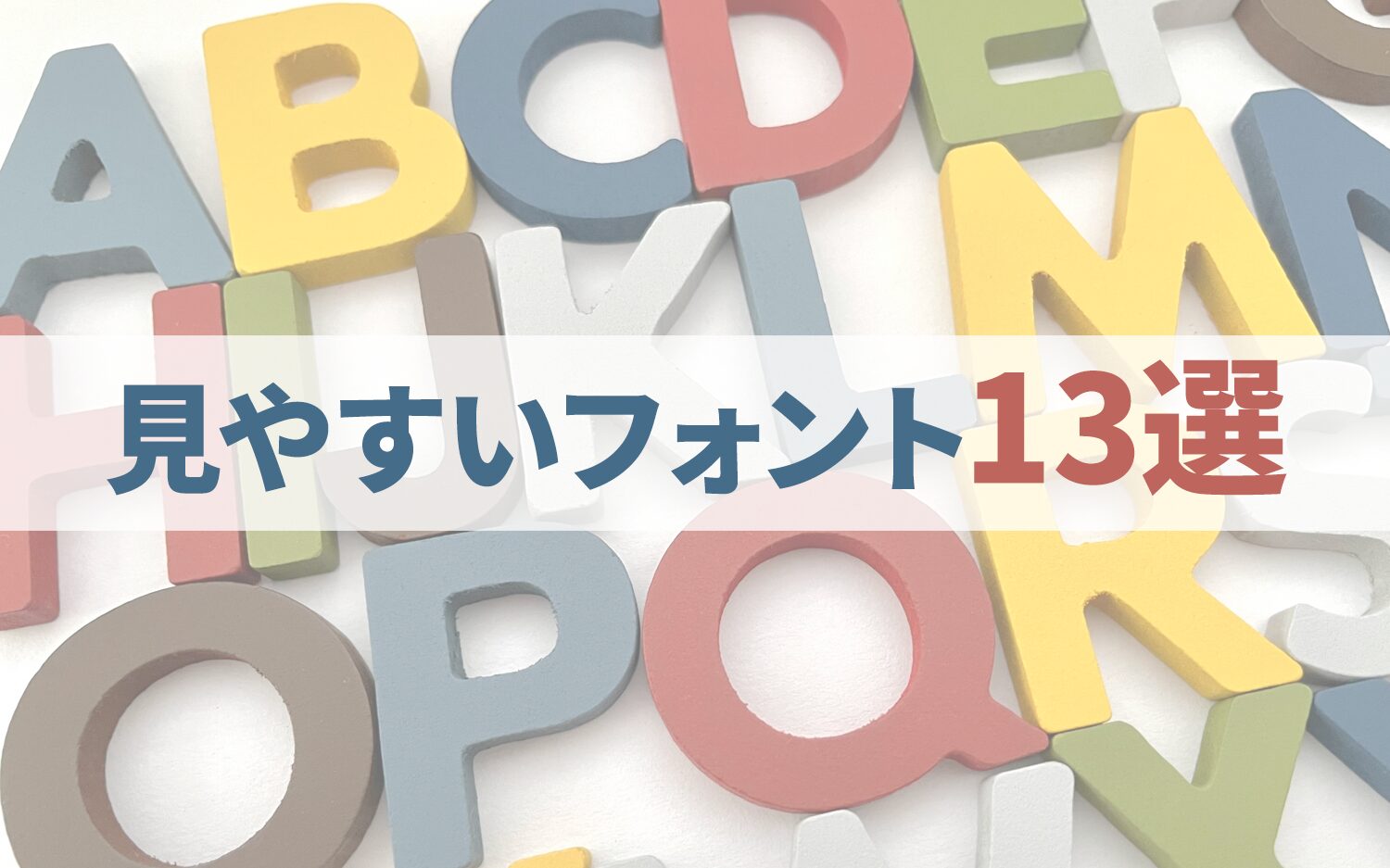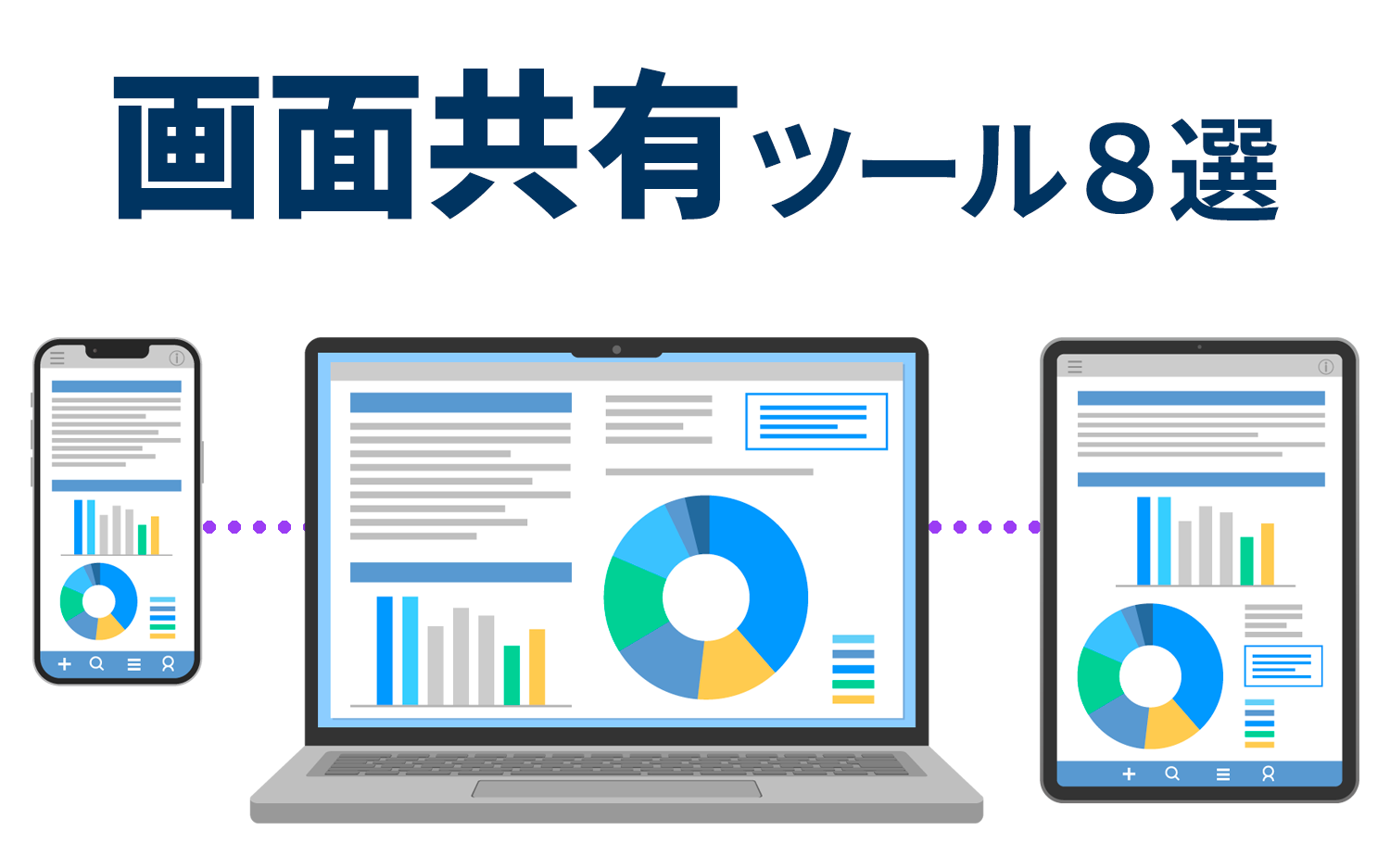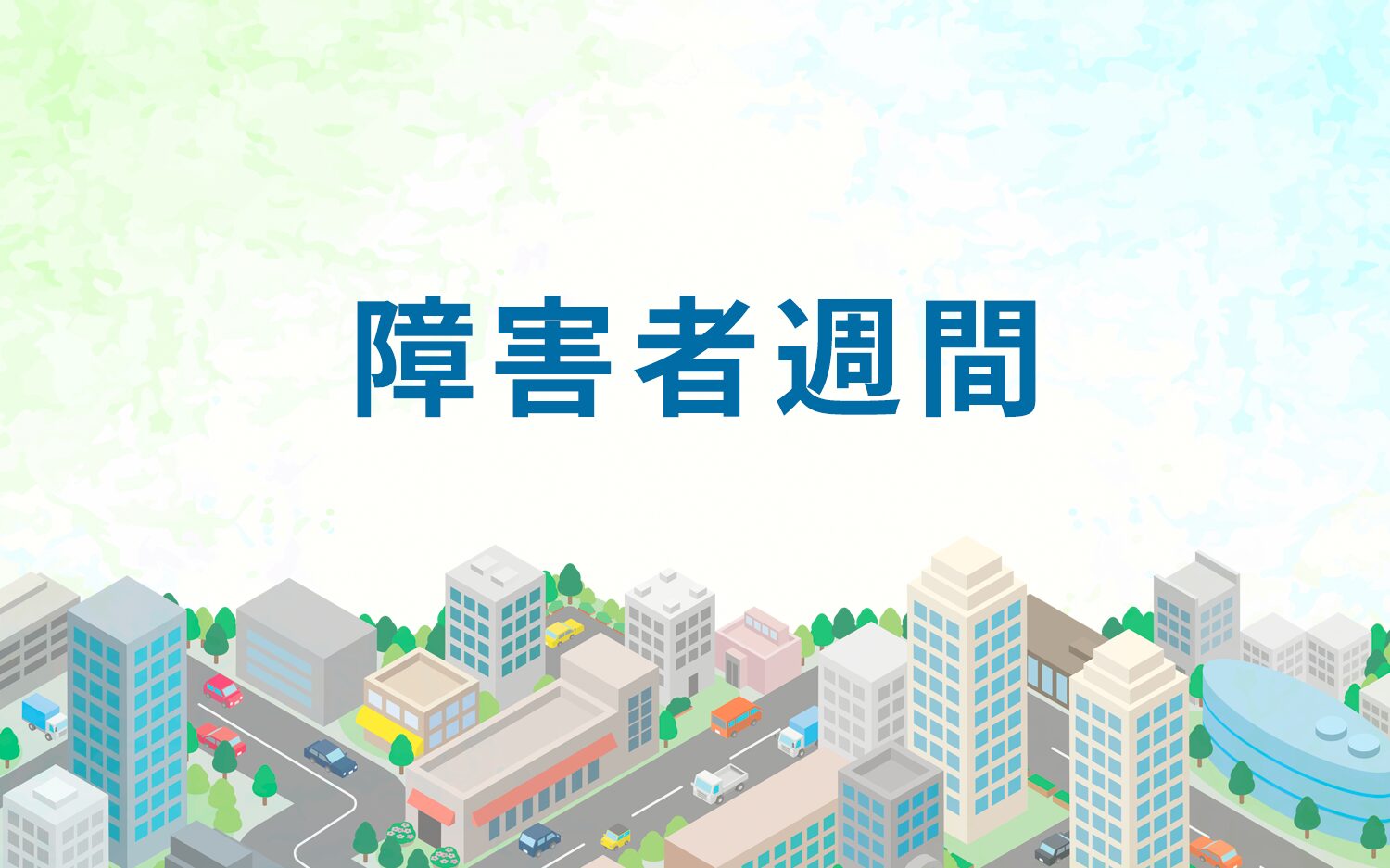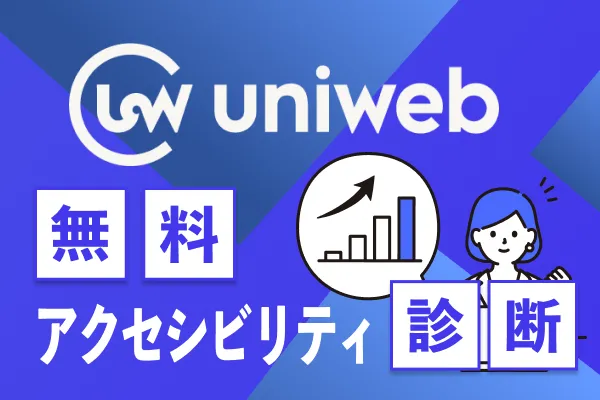Three Methods and Precautions for 'Site Translation' to Know Before Implementation
2024/11/28
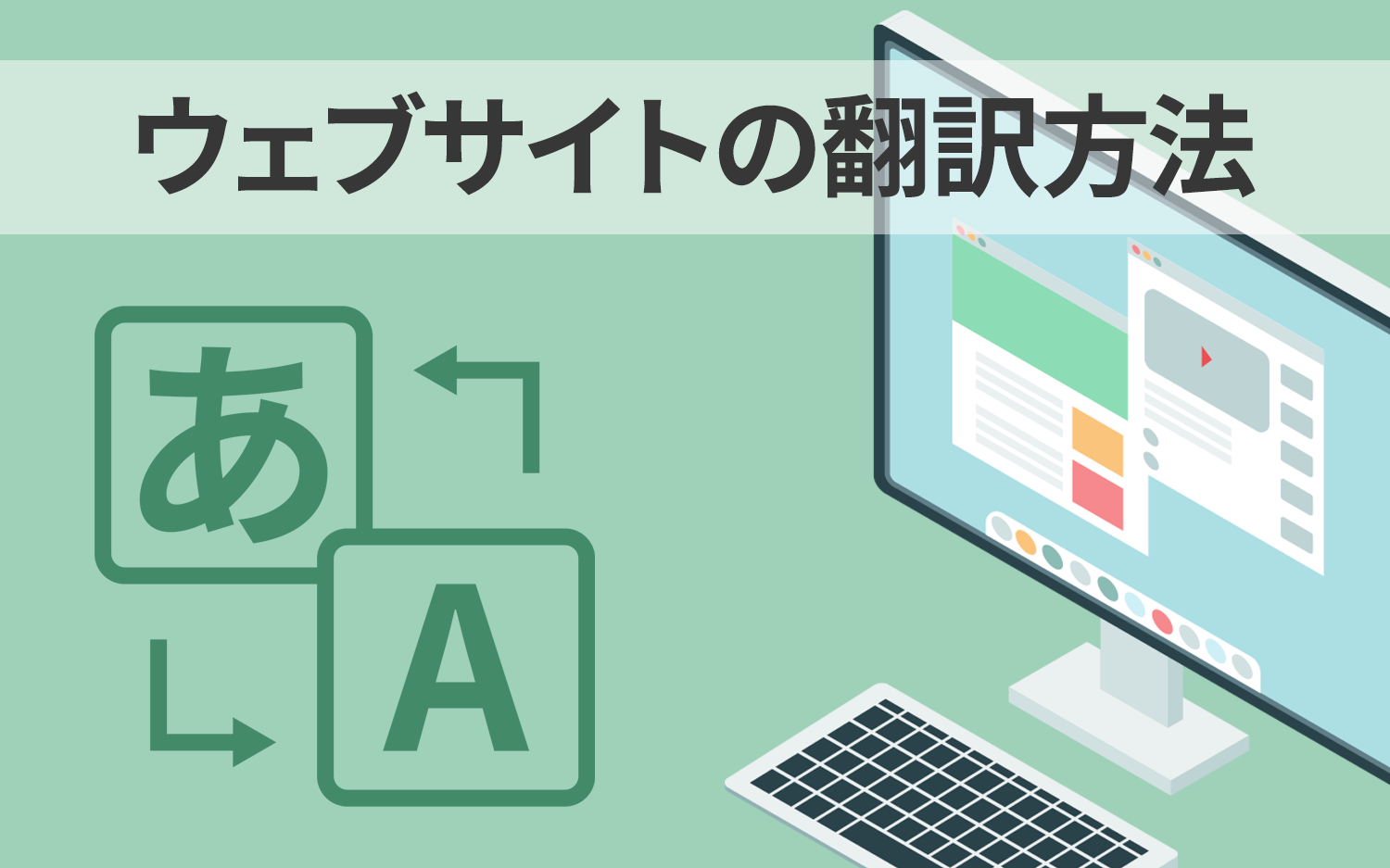
For Multilingual Support of Our Company Website'Site Translation'Many may be considering this. To communicate effectively in the global market, it's essential to create an environment where users from target language areas can access information smoothly in their own language.
There are several methods for site translation, butthe three main methods are as follows:.
Method 1: Automated translation tools
Method 2: SaaS translation services
Method 3: Translation service companies
Each method varies in terms oftranslation accuracy, speed, and costs, so it’s important to choose a method that aligns with your company's goals and resources.。
In this article, we will explore these three methods in detail to determine the best translation approach and compare their features, advantages, and disadvantages. Additionally, we will discuss preparations and precautions before translation, making this article a useful reference for those considering website translation.
Table of Contents
Three Methods for Translating a Website
There are several methods for multilingual website translation, but here we introduce the three representative methods. Below, you’ll find a comparison table summarizing the features of each method.
◆ Comparison Table of the Three Methods for Site Translation
| Method | Features | Cost Perspective | Advantages | Disadvantages |
| 1. Automated Translation Tools | Using free or low-cost tools like Google Translate,this method translates mechanically. | Free to several thousand yen (monthly). | ・ Fast translations are possible. ・ Easy to implement. ・ Low cost. |
・ There are limitations to translation accuracy, with the potential for errors. ・ Difficult to convey specialized terminology and nuances. |
| 2. SaaS Translation Services | Utilizing cloud-based services,this method allows for the multilingualization of websites. | Several thousand to tens of thousands of yen (monthly). | ・ High-quality translations are expected. ・ Easy to update and manage. ・ Rich in additional features such as SEO measures and analytics. |
・ More expensive compared to automated translation tools. ・ Can require time for initial setup and customization. |
| 3. Translation Service Companies | Engaging professional translators or translation companiesto have your website translated. | Several thousand to tens of thousands of yen (per page). | ・ Allows for specialized and highly accurate translations. ・ Consideration of nuances and cultural backgrounds in translations. ・ Includes quality guarantees. |
・ High costs. ・ Can take time to complete translations. ・ Requires re-requesting for updates, increasing operational burden. |
While automated translation tools (Method 1) are easy to implement and convenient to use, they have challenges regarding translation accuracy and nuance. On the other hand, SaaS translation services (Method 2) and translation service companies (Method 3) are costlier but excel in accuracy and customization. Multilingual support for websites is crucial to select based on goals, budget, and desired quality.
Now, let's delve into each method in detail.
Method 1: Utilization of 'Automated Translation Tools'
◆ Evaluation of Automated Translation Tools
・ Cost:Low
・ Translation Speed:High
Automated translation tools area suitable method for quickly and cost-effectively translating sites.Among the representative tools are Google Translate, DeepL, and Microsoft Translator, and by using translation APIs, it is also possible to integrate them directly into websites.
However, there are limitations to translation accuracy,and it may be difficult to convey cultural nuances or specialized content accurately.Additionally,literal expressions typical of machine translationmay occur, so a careful operation is required to check the translated content in scenarios where official websites or brand images are emphasized.
On the other hand, they provide sufficient accuracy for internal documents or unofficial use, which is a significant advantage.
Method 2: Utilization of 'SaaS Translation Services'
◆ Evaluation of Automated Translation Tools
・ Cost:Medium
・ Translation Speed:High
Cloud-basedSaaS translation services that provide solutions for multilingualizing websites are characterized by their ability to reflect translations quickly and seamlessly. Many services allow forsimply placing tags on the site allows for implementation,but there are also services that can be implemented through plugins or API integration.
This method can alsoinclude a combination of automated translation with human review and localization, allowing for a certain level of quality.Translation management and update tasks are also streamlined, and progress can be easily tracked through a dedicated dashboard. Additionally,you can utilize SEO measures and analytical functions,which is also an advantage.
While initial costs and monthly fees are higher than automated translation tools, this can be a strong option if small to medium-sized businesses or startups want to seriously pursue multilingual support.
Method 3: Request Translation from 'Translation Service Companies'
◆ Evaluation of Automated Translation Tools
・ Cost:High
・ Translation Speed:Low
The method of requesting translation from vendors isideal for cases that require specialized translations.especially in cases whereit is advantageous in industries with specialized terminology or where cultural backgrounds are important, requiring skilled translators.It has its strengths in such scenarios.
Furthermore, it includes quality guarantees and progress management, making it suited fortranslating large websites or accommodating multiple languages.However, this method is often calculated based on per-page or per-character pricing, which can lead to high costs,and it may require re-requesting for updates, which adds cost and effort if frequent updates are necessary.。
Therefore, it is common to limit usage to specific pages on official sites that require accuracy, such as 'Company Overview' or 'Product Information.'
In this way, each translation method has its own advantages and disadvantages, soit is important to differentiate based on 'how accurate a translation' and 'to what extent' it will be implemented.
Next, we will discuss the points that should be prepared before conducting website translation.
Three Preparations Before Implementing Translation
For smooth and efficient translation work, you should implement the following three points beforehand.
Preparation 1: Organizing Content
To efficiently proceed with translation tasks, it's important to first organize the content to be translated.If it’s difficult to translate all pages at once due to cost or time constraints, prioritize pages that are of high interest to target markets and users.
For example, selecting high-traffic pages like the homepage, product information, and FAQsallows for a more efficient allocation of necessary resources.efficient allocation of necessary resources. By leveraging tools such as Google Analytics, you canidentify impactful content based on access and dwell time data,making it possible to organize content efficiently.
Organizing content beforehand allows for effective allocation of necessary resources,increasing the likelihood of achieving results quickly as well as reducing translation costs.
Preparation 2: Setting Translation Priorities
Based on the organized content, establish translation priorities andit's important to plan a step-by-step approach.An example of a phased translation plan could involve the following steps:
◆ Example of a Phased Translation Plan
Stage 2: Add content that provides added value, such as blogs and news pages.Content that provides added valueto be added
Stage 3: Translate region-specific information and promotional pages tailored to the target market as needed.region-specific information and promotional pagesto be translated
By establishing these stages, translation work can be done efficiently, allowing for a planned approach to the entire project while prioritizing important pages. As criteria for setting priorities, consider factors such as:the contribution of pages to sales, user frequency and interest, and the frequency of page updates (consider postponing frequently updated pages).It may be advisable to use these as guidelines.
Additionally, utilizing project management tools to track progress is crucial for ensuring the translation process proceeds smoothly.
Preparation 3: Preparing Glossaries and Regulations
To achieve consistent translations,it is useful to prepare a glossary that includes specialized terms and brand-specific expressionsin advance, and to create an environment where translators, service companies, or tools can refer to it, while alsoproviding regulations and style guides regarding formatting and language use.This will clarify the quality standards for the translations.
Once these preparations are complete, we will proceed to the actual translations, but there are several points to note regarding website translation, which we will explain next.
Five Points to Note in Website Translation
When translating a website, it's not just a matter of translating the text.Care must be taken to ensure that users from different language regions do not have their user experience diminished when using the site.It is essential to handle this carefully.
Here are five important points to keep in mind for successful website translation. By understanding these in advance, effective multilingual support can be achieved.
Point 1: Ensure Translation Quality
Especially when using machine translation tools such as automatic translators,it is important to pay attention to the quality of the translation. In particular,whether cultural differences and specialized terms are translated appropriately is directly related to brand image and trustworthiness, soit is important to carefully scrutinize.
◆ Points to pay attention toPoints
Are there any mistranslations or literal translations?
Are cultural differences taken into account?
Regardless of which translation method mentioned earlier, ifthe site contains many specialized terms, it is necessary to prepare a glossary and regulations in advanceto improve translation accuracy. For especially important pages,it is also important to have proofreading done by a native speaker.This is crucial.
Point 2: Manage Content Updates
On multilingual sites,it is essential to manage whether updates made in the original language are reflected in other languages.If updates are delayed, it can lead to misunderstandings or damage trust among users.
◆ Points to pay attention toPoints
Is frequently updated content properly reflected?
To ensure prompt responses during updates,It is necessary to clarify the workflow for content updatesto prevent any omissions. Also, among the three methods,SaaS translation services have systems in place that streamline translation and content updates, making them useful.。
Point 3: Adjust Layout and UI
Differences in text length and font for each language can cause layout issues.Specifically, languages that are written from right to left, such as Arabic and Hebrew, and languages like Japanese that tend to have longer texts require special consideration.
◆ Points to pay attention toPoints
Is the responsive design still functioning after translation?
After translation, it is essential to visually check all pagesto ensure that the design and layout are displayed correctly.
Point 4: Conduct Localization
In addition to translation,adjustments that match the culture and customs of the target language regionare necessary. If the differences in currency, date formats, and measurements (units of length and weight) do not align with local specifications, they may cause confusion among users.
For example, the 'month/day/year' format is common in Japan, while the 'day/month/year' format is generally used in English-speaking countries. Moreover, images or icons used may not be culturally appropriate in other countries.
◆ Points to pay attention toPoints
Are the contents of images and videos considerate of cultural backgrounds?
To make the translated content more natural and effective, simultaneous localization should be done during the translation process, and if possible,request confirmation from local representatives or native speakersto ensure that appropriate adjustments have been made.
Point 5: Set Language for SEO
On sites where translation has been implemented,If appropriate SEO measures are not taken, it may not appear in search results.Particularly,the setting of hreflang tagsis essential for providing visitors to the site with the correct language pages.
◆ Points to pay attention toPoints
Are appropriate keywords used for each language?
Hreflang is an HTML tag that informs search engines of the language and region targeted by a page (e.g., English version (for the US) → en-us, Japanese version → ja).
On multilingual sites,There is a risk of being recognized as duplicate content because the same content is often published in different languages.To avoid this, the setting of hreflang tags is essential. After site translation, be sure to utilize SEO tools to confirm the settings of each language page.
Achieving Fast and High-Quality Site Translation with UniWeb
The company we offer,Web Accessibility Tool 'UniWeb'is designed to easily implement a variety of accessibility features on all websites, thus enabling an environment where all users, regardless of physical or age conditions, can equally access the website.
UniWeb includes as one of its accessibility features“Multilingual AI Translation Feature,”which allows for high-quality and efficient site translation on all websites. The features of UniWeb's Multilingual AI Translation Function are as follows:
◆ Features of UniWeb's 'Multilingual AI Translation Function'
Simply inserting a single line of code into the site completes translation quickly. This minimizes additional work while reflecting the translation results instantly.
2. Easy Management After Translation
The translation content automatically synchronizes during site updates, significantly reducing operational burden. Additionally, editing the translation results to adjust for more appropriate expressions and nuances is also possible.
3. Improved Cost Performance
This allows for lower costs compared to relying on traditional translation agencies, achieving equal or greater operational efficiency than SaaS translation services.
The translation method is simple. By clicking the pink icon located at the bottom right corner of sites using UniWeb (refer to the icon at the bottom right of this article), the accessibility menu opens, and by selecting the translation language from the settings, the text within the page is translated into the corresponding language.
◆ Translation Function of UniWeb
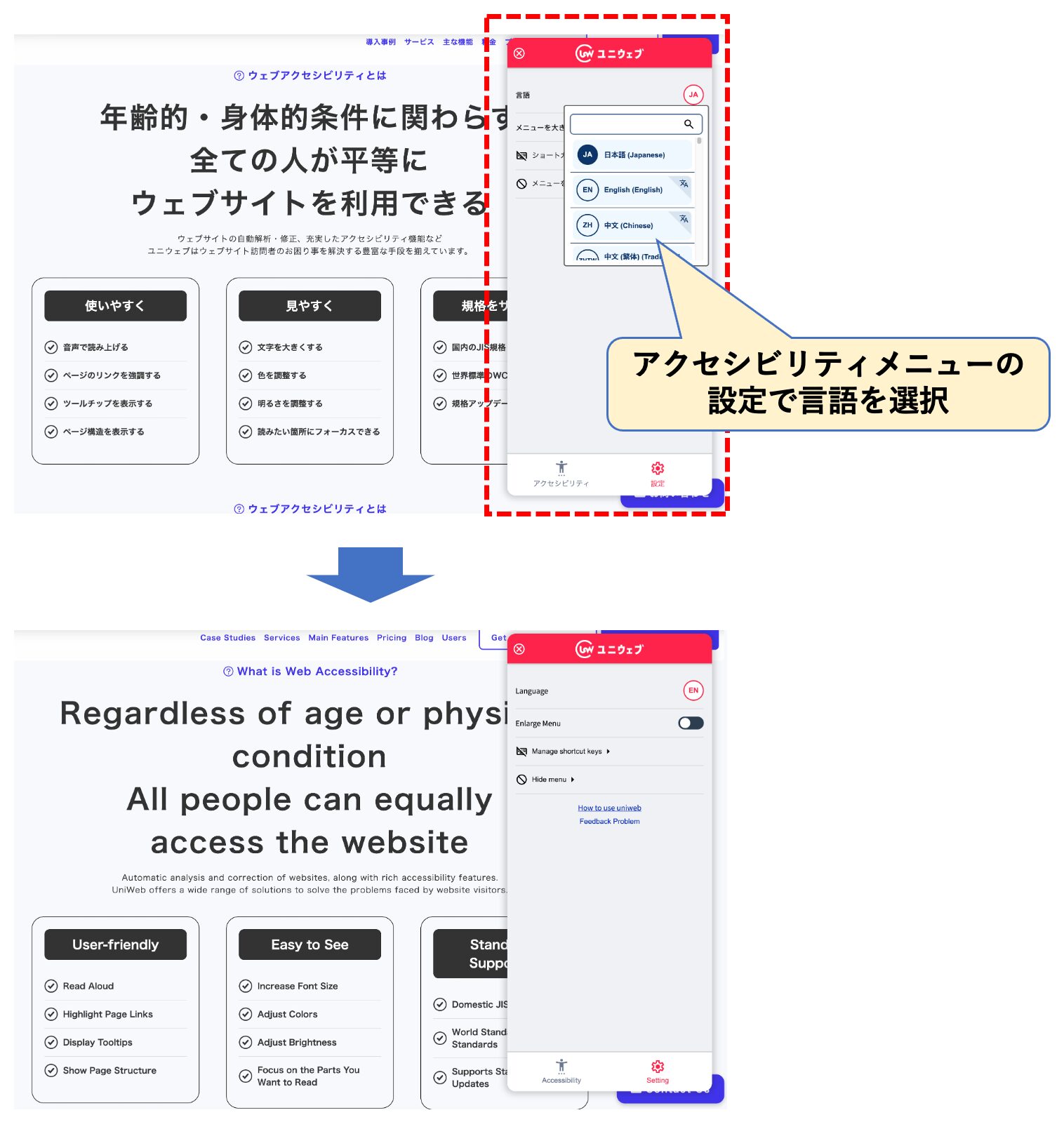
'UniWeb' isthe optimal choice for businesses with limited budgets and time for website translation..Currently, during our campaign period (from November 12, 2025, to April 1, 2026),affordable implementation is possible, so please feel free to inquire.
Conclusion
Multilingual support for websites is an essential strategy to enhance competitiveness in the global market. In this article, we introduced three methods for translating websites, but it is important to select appropriate plans and tools depending on the purpose.
It is important to thoroughly grasp each step, from selecting the translation target and preparing for localization to managing post-translation, and to implement a reliable translation solution. When considering translating your site and implementing multilingual support, utilize the points discussed here to create a valuable site for your target users.
-
Contact Us
-
Request Info
-
Free Trial
-
Partner System

